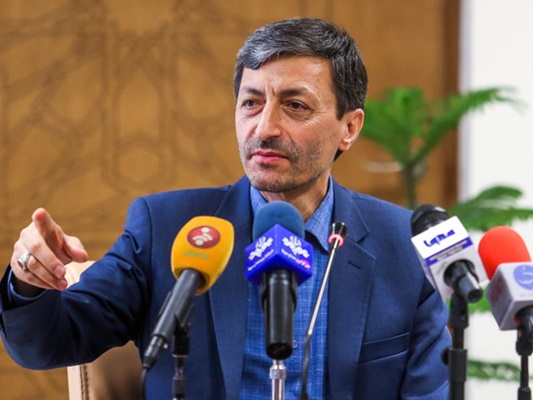Fattah, the IKRF chief, announced that this organization is funded by three public sources, namely governmental and popular sources and the foundation’s economic complex.
“The government supplies us with 75% of our finances,” he stated. “More than 10% of popular donations are going to our foundation, too.”
“The complex of Imam Khomeini Relief Foundation supports us in providing accommodation such as lodgment and dowry,” he added.
“Imam Khomeini Relief Foundation has covered 3,100 Christian families,” Fattahi added, stressing that philanthropy shouldn’t be limited by religious differences, according to a Farsi report by Tasnim.
“6,000 orphans have been covered in Kordestan Province, western Iran, while only 5,000 of their 15,000 patrons are from the same province. So people from all over Iran are supporting these Kurd children.”
Regarding the homeless who lived in prefabricated graves, he said that this issue isn’t to be addressed by Imam Khomeini Relief Foundation.
“We have a duty to cover the poor families of recognizable addicts. In this regard, 30,000 households have been covered.”
Our Goal Is to Enable the Poor to Stand on Their Own Feet
Fattahi went on to say that 100,000 employment loans are due to be paid by March 2017; and that 85% of the loans have resulted in entrepreneurship.
“The more jobs an entrepreneur creates, the larger is the loan he can receive,” he noted about employment loans.
“Interest-free bank resources will give us about $310m by the end of the [Persian calendar] year. The banks fund 80% of our employment finances.”
As regards a plan for concentration of charities, he stated, “We intend to cut off the expenses of foundation with the help of people and local trustees. This is a permanent process. We try to invest the additional money in helping our target society, the poor.”
“Our goal is to make the poor able to stand on their own feet. Since March 2015, we have managed to eliminate the need for reliefs in 140,000 households.”
He noted that for the first time, there has been a decrease in funded households this year. “We used to support 1.7 million families, but the number has been reduced to 1.6 million. It shows a decrease of 8%.”
